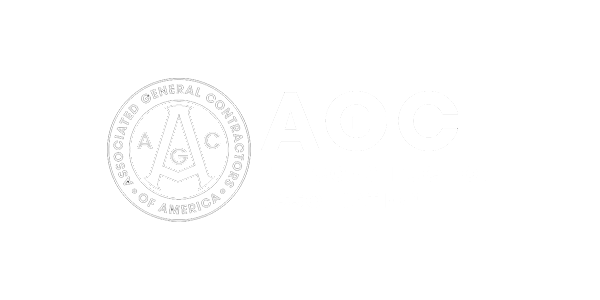Even experienced general contractors can easily find themselves stretched thin. Paying attention to details that can have legal consequences, and balancing the human interests and procedures around retainage is particularly time-consuming, and labor-intensive. But it doesn’t have to be.
Knowing the “rules of retention money” and other best practices on retainage will help you minimize friction between project owners and subcontractors, simplify retainage administration and help get your projects completed on time and within scope. Here’s what you need to know.
Retainage or Retention
Money: What’s the Difference?
Retainage gives you financial security against subcontractors and suppliers leaving you with an unfinished or substandard project. While ‘retention’ is the act of withholding the funds that give you this security, ‘retainage’ is the actual money that gets held back.
While there are significant benefits to retainage in the construction industry, there are also risks. Laws governing retainage may vary state by state (note: we are not giving legal advice) and when retainage is poorly managed, it can damage the relationship between you and your subcontractors. This brief guide to both the legal and implicit rules on handling retention money, combined with some expert tips, will help you simplify retainage compliance and management, and protect your professional relationships, and your project.
When Can You Accept
Retention for Construction Projects?
Funds can only be retained if the conditions of retainage are clearly outlined and agreed upon in the construction contract. The terms of retainage can therefore be negotiated. Regardless of the terms, there are state laws that govern retainage. Most states, for instance, set retention limits.
While the money is typically held by project owners, general contractors are responsible for managing each stage of the construction project and keeping track of its milestones regarding the retainage contract conditions.
How Much Retainage is Held
Back?
Retainage is typically held back for each payment. While the amount held back as retainage is negotiable, it’s usually 5–10% of the contract price, and may be reduced when half the work is completed. This ensures you and the project owner have funds to cover unforeseen expenses, repairs, or subcontractor failings up until the lien waiver.
Digital payments are changing construction finance. Accepting retention money via a construction payment management app can support clear, honest, and objective payment communication between you and your subcontractors, while helping you keep careful records of retainage withheld at each payment stage.
Related: Learn about the biggest financial opportunities and challenges general contractors face in our latest Construction Finance Management Practices Report.
How to Best Safeguard Money
Held in Retention
Money held in retention will accrue interest. In some states, this must be paid along with the retainage if it’s held for more than a certain period of time — typically 30 days. Keeping meticulous records is the only way to ensure you know exactly what is owed, when, and to whom.
Even the best-intentioned supplier or subcontractor can fall behind at certain milestones, or overlook a key aspect of quality control — making the periodic cross-referencing of what’s owed (plus interest earned) with conditions of contract even more complex.
Industry-tailored construction accounting and payment management software gives you a single source of truth, which makes it easy to track the work completed by subcontractors. It also avoids double data entry and reduces the risk of billing/records error — ensuring you can easily calculate what’s owed and can prove it.
How Long Can Retainage Be
Held?
In the US, the length in which retainage can be held back varies by state and project type. It is common for retainage to be released upon completion and acceptance of the project, but it can also be held for a specified period of time, such as 30, 60, or 90 days after completion. A written justification is needed if you have to withhold payment for more than 60 days. Some states limit how long retainage is held, while others allow for more flexibility. To limit liability, your contract must reflect the right state laws.
Maintaining trust is still the best way to ensure a positive outcome and minimal risk to your project. This makes the way you handle retainage release particularly sensitive, as even honest errors could be misconstrued and damage your reputation — risking future projects.
Once work is done, lien waivers signed, and any disputes or claims resolved, it’s your responsibility to complete any steps necessary to release the funds and conclude the retention within a reasonable timeframe.
Related: States have different rules for handling lien waivers. For an overview of the different regulations, read our article on lien waiver requirements for every state.
Critically, some states require notice of your intent to claim against retainage — forgetting to do so risks losing the funds entirely. Knowing the state regulations governing release timeframes, and easily being able to track it using a construction payment management app, will help you negotiate and set clear expectations with project owners and subcontractors.
Optimizing Your Retainage
Administration
As a general contractor, you manage diverse responsibilities that draw from an extensive skillset. From the interpersonal, management-savvy required to build strong supplier and subcontractor relationships, to meticulous record-keeping that keeps the accounts and contracts on track.
Taking every opportunity to streamline and minimize your administrative burden can free up valuable time, and help minimize the risk of a missed deadline or a blown budget. Payment administration software, like GCPay, can make navigating the rules for handling retention money a matter of routine. Tailored to the construction industry, it’s built on a detailed knowledge of regulations and processes governing retainage, lien waivers, and more — giving you a single source of truth that:
- Helps you easily create, maintain and share transparent records
- Minimizes the risk of human error in billing or record-keeping
- Improves productivity and efficiency by eliminating double data entry








